Last Sunday was Mother’s Day and alongside the handmade cards that claimed I was in fact the “best mom” (anyone else?), I also received a beautiful purple orchid. I admit to not being green fingered, but I have had success with orchids.
Purple orchids represent respect, dignity and admiration – thanks kids! Various cultures assigned symbolic meanings to plants and flowers. Many of these traditional meanings and uses are recorded in songs and writings.
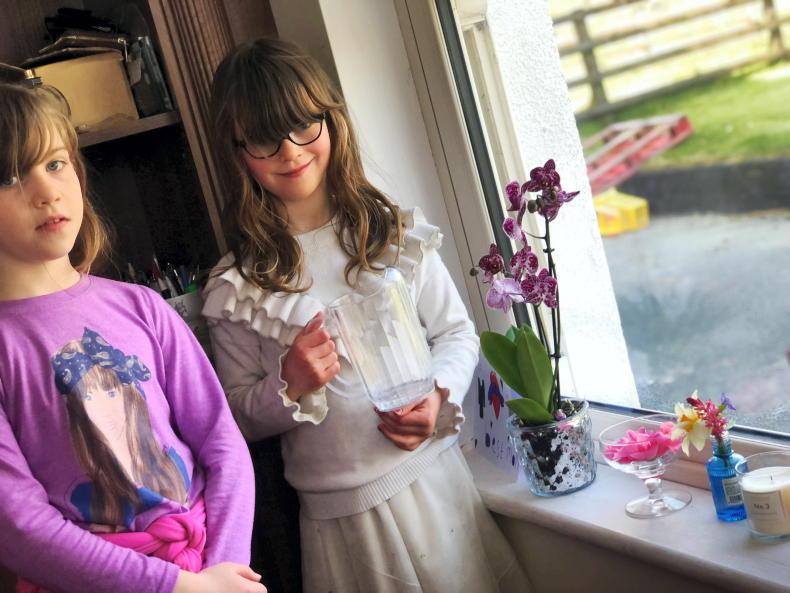
On Mother's Day, Dia McKeever picked a posy of flowers from the hedgerows around her house for her mammy. The pretty bunch consisted of a purple greater periwinkle, a daffodil cultivar, a flowering currant and a camellia - beautiful yes but native no!
In Shakespeare’s Hamlet, Ophelia gripped by madness names plants known for their capacity to ease pain, not just of a physical nature but also emotional.
Wild pansies or “heart’s ease” were known for this purpose – There’s rosemary, that’s for remembrance; pray, love, remember; and there is pansies, that’s for thoughts... Students are often advised to smell rosemary as a way of enhancing memory when studying.
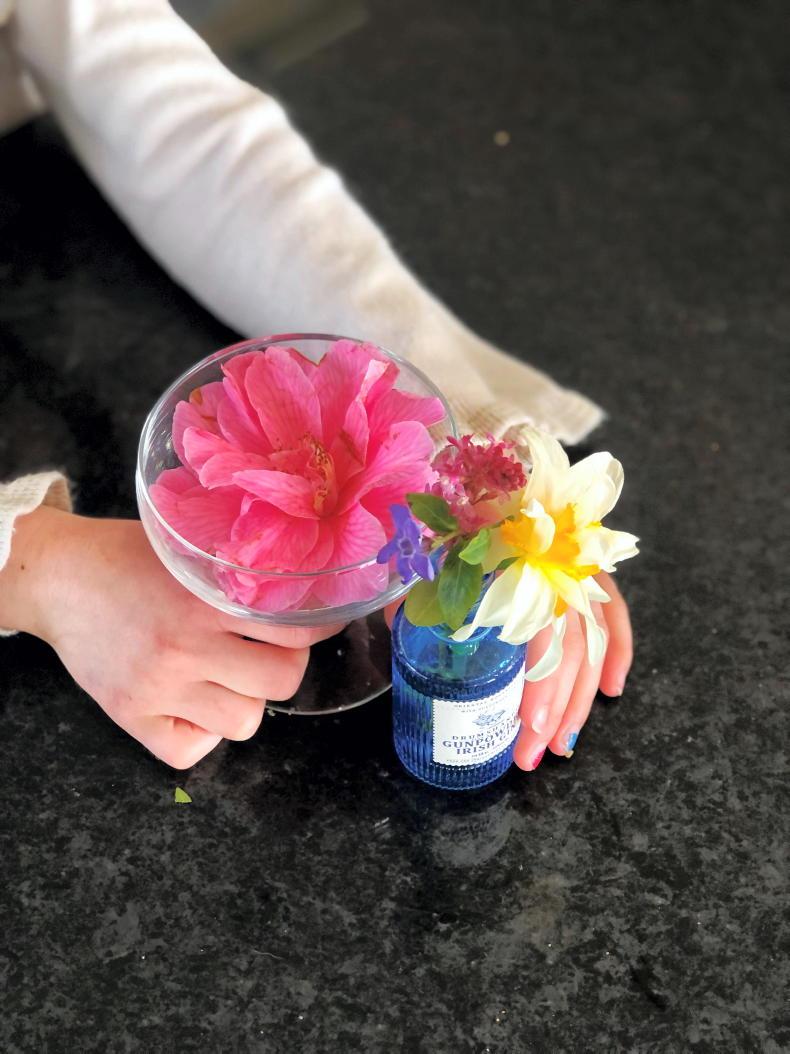
The lotus symbolises rising from a dark place into beauty and rebirth – an apt metaphor considering this is precisely how a lotus flower grows, blooming directly out of muddy waters. The rose, of course, represents love. New symbols have arisen over time such as the red poppy now a symbol of remembrance in the UK of those fallen in war.
Last Sunday was a beautiful, warm, bright day and with indications that this spell of warm weather was to be short lived, my two daughters and I went exploring in the woods.
My delight at being presented with the orchid must have been noted as my small daughter ran ahead on several occasions to return with a new flower each time. I thus returned home with a small selection of what I thought were “wild flowers”. I turned to Google to identify the quarry before seeking the opinion of the professionals.
My little posy consisted of a purple greater periwinkle, a cultivar of daffodil, a flowering currant and a camellia. Gerry Daly told me that the first two come from Europe and the latter two from the western US and China, respectfully. As a result, in botanical terms, a hedgerow containing these plants can’t be described as a “native hedgerow”, but perhaps as a “decorative naturalistic hedgerow”.
Gerry’s synopsis of my little bunch of colour was supported by Teagasc’s countrywide management specialist Catherine Keena. We are grateful that Catherine is contributing a weekly piece Growing Wild for the duration of the summer, which will identify species found in hedgerows for A Week in the Country. The aim is to inform readers (and Amii) about common plants that might be missed in our hedgerows. She said the most valuable species for biodiversity are the “native – sometimes inconspicuous – could be ‘ugly’ rather than showy ones”.
These have been here for tens of thousands of years and are therefore in tune with the associated native invertebrates and fauna. She fears that too many people have received the wrong message ie that it is better to spray these plants and plant wildflowers instead. We should appreciate what we have already.
Going back to the pansies – the field pansy (Viola arvensis), or lus croí (heart herb/flower) – there is a farming link. In Greek mythology, the God Zeus created the flowers because he felt bad for turning his lover, Io, into a heifer when his wife, Hera, became jealous. Since she was forced to be on a diet of grass and herbs, Zeus made the earth produce flowers. Now that’s saying it with flowers.
Last Sunday was Mother’s Day and alongside the handmade cards that claimed I was in fact the “best mom” (anyone else?), I also received a beautiful purple orchid. I admit to not being green fingered, but I have had success with orchids.
Purple orchids represent respect, dignity and admiration – thanks kids! Various cultures assigned symbolic meanings to plants and flowers. Many of these traditional meanings and uses are recorded in songs and writings.

On Mother's Day, Dia McKeever picked a posy of flowers from the hedgerows around her house for her mammy. The pretty bunch consisted of a purple greater periwinkle, a daffodil cultivar, a flowering currant and a camellia - beautiful yes but native no!
In Shakespeare’s Hamlet, Ophelia gripped by madness names plants known for their capacity to ease pain, not just of a physical nature but also emotional.
Wild pansies or “heart’s ease” were known for this purpose – There’s rosemary, that’s for remembrance; pray, love, remember; and there is pansies, that’s for thoughts... Students are often advised to smell rosemary as a way of enhancing memory when studying.

The lotus symbolises rising from a dark place into beauty and rebirth – an apt metaphor considering this is precisely how a lotus flower grows, blooming directly out of muddy waters. The rose, of course, represents love. New symbols have arisen over time such as the red poppy now a symbol of remembrance in the UK of those fallen in war.
Last Sunday was a beautiful, warm, bright day and with indications that this spell of warm weather was to be short lived, my two daughters and I went exploring in the woods.
My delight at being presented with the orchid must have been noted as my small daughter ran ahead on several occasions to return with a new flower each time. I thus returned home with a small selection of what I thought were “wild flowers”. I turned to Google to identify the quarry before seeking the opinion of the professionals.
My little posy consisted of a purple greater periwinkle, a cultivar of daffodil, a flowering currant and a camellia. Gerry Daly told me that the first two come from Europe and the latter two from the western US and China, respectfully. As a result, in botanical terms, a hedgerow containing these plants can’t be described as a “native hedgerow”, but perhaps as a “decorative naturalistic hedgerow”.
Gerry’s synopsis of my little bunch of colour was supported by Teagasc’s countrywide management specialist Catherine Keena. We are grateful that Catherine is contributing a weekly piece Growing Wild for the duration of the summer, which will identify species found in hedgerows for A Week in the Country. The aim is to inform readers (and Amii) about common plants that might be missed in our hedgerows. She said the most valuable species for biodiversity are the “native – sometimes inconspicuous – could be ‘ugly’ rather than showy ones”.
These have been here for tens of thousands of years and are therefore in tune with the associated native invertebrates and fauna. She fears that too many people have received the wrong message ie that it is better to spray these plants and plant wildflowers instead. We should appreciate what we have already.
Going back to the pansies – the field pansy (Viola arvensis), or lus croí (heart herb/flower) – there is a farming link. In Greek mythology, the God Zeus created the flowers because he felt bad for turning his lover, Io, into a heifer when his wife, Hera, became jealous. Since she was forced to be on a diet of grass and herbs, Zeus made the earth produce flowers. Now that’s saying it with flowers.







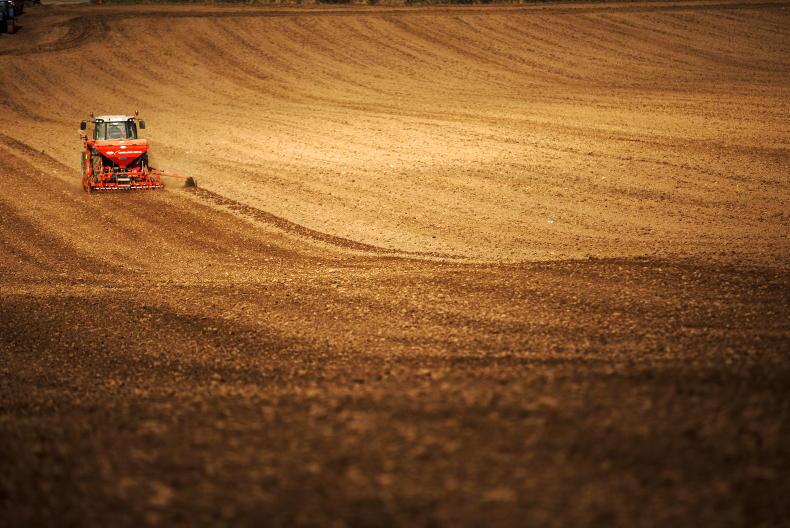

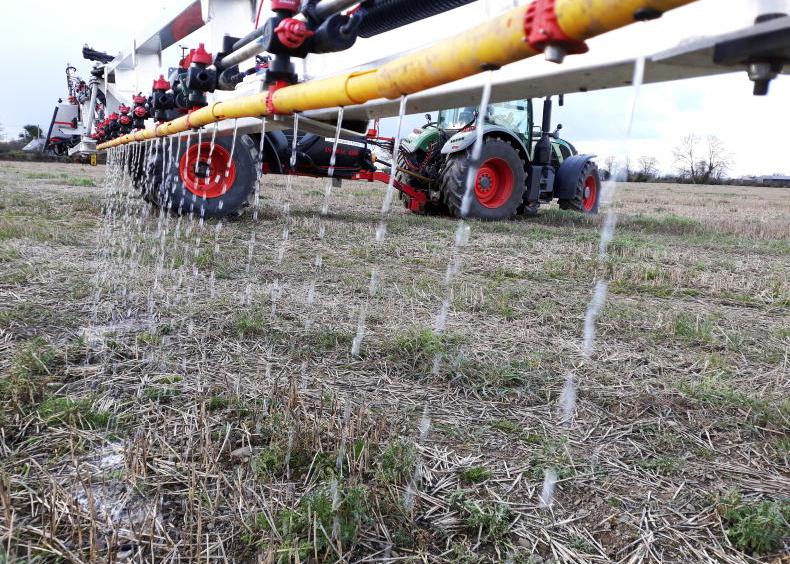
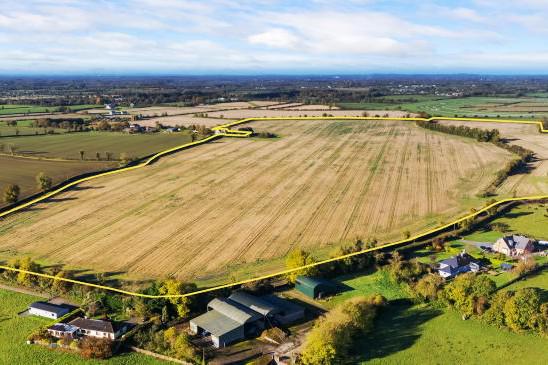
SHARING OPTIONS